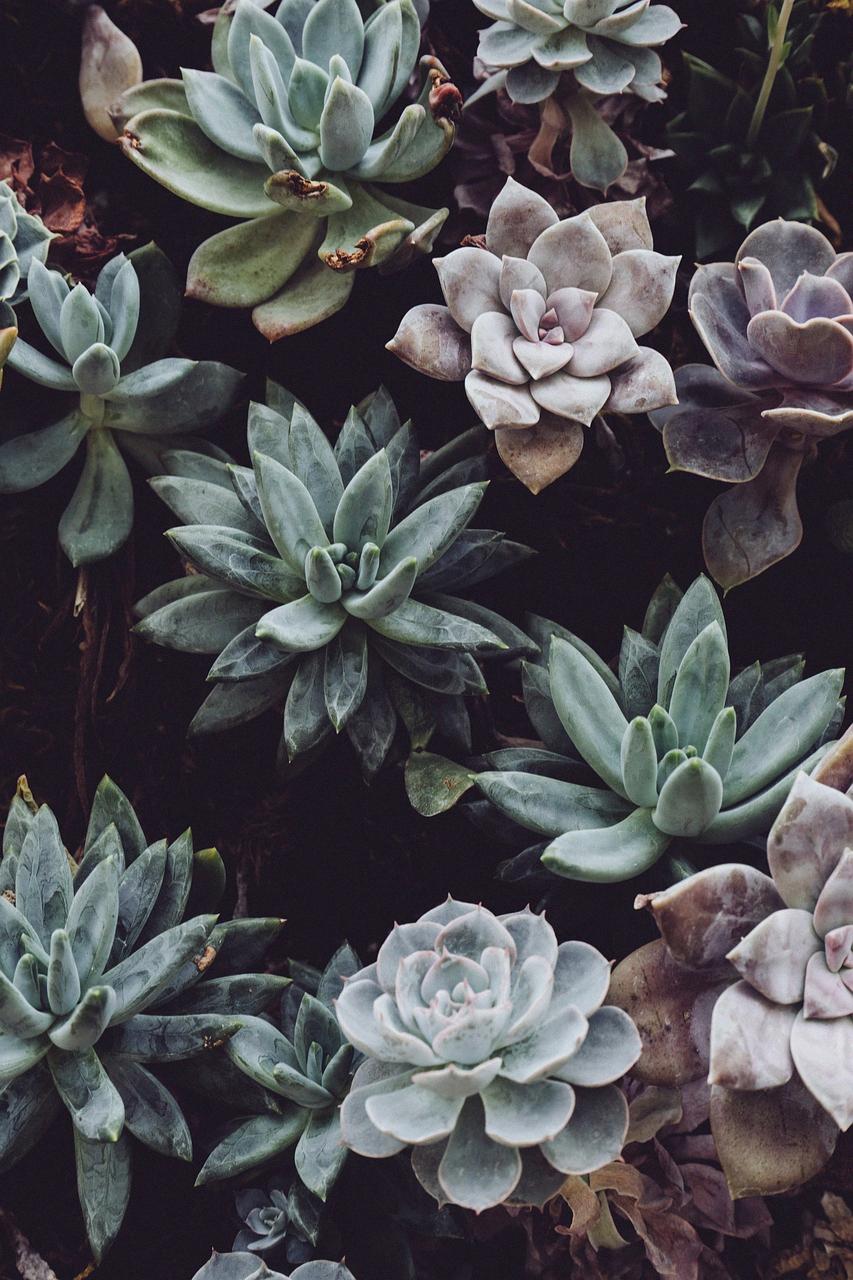Repotting is an essential aspect of caring for your succulents to ensure they continue to thrive and grow healthily. Knowing when to repot your succulent is crucial to its overall well-being. Here are some key indicators that it might be time to repot your succulent:
1. Size of the Succulent
One of the primary factors to consider when determining if your succulent needs repotting is its size in comparison to its current pot. If the plant has outgrown its container and appears cramped, it may be time to find a larger pot to accommodate its growth.
2. Roots Coming Out of Drainage Holes
Check the bottom of your succulent’s pot periodically to see if its roots are starting to emerge from the drainage holes. This is a clear sign that the plant has outgrown its current pot and needs to be repotted to prevent root-bound conditions.
3. Pot-Bound Appearance
When a succulent is pot-bound, its roots become tightly packed within the container, restricting their growth and overall health. If you notice the roots circling the inner walls of the pot, it is time to repot the succulent to provide it with more room to spread out.
4. Soil Condition
Over time, the quality of the soil in which your succulent is planted may deteriorate, becoming compacted and nutrient-depleted. Repotting your succulent gives you the opportunity to refresh its soil, providing it with the essential nutrients and drainage it needs to thrive.
5. Spring or Summer Repotting
Although succulents can be repotted at any time of the year, spring and summer are ideal seasons to undertake this task. During the warmer months, succulents are actively growing, making it easier for them to recover from the stress of repotting.
6. After Purchasing a New Succulent
When you bring home a new succulent from the store or receive one as a gift, it is a good practice to repot it. This allows you to inspect the roots, refresh the soil, and ensure the plant is in optimal condition for acclimating to its new environment.
7. Signs of Overcrowding
If your succulent is part of a container arrangement with other plants and appears overcrowded, it may be struggling to thrive due to competition for resources. Repotting the succulent into its container can help alleviate overcrowding and promote better growth.
8. Maintaining Aesthetics
Repotting your succulent can also be a way to refresh its appearance and enhance its aesthetic appeal. Choosing a new pot that complements the plant’s size and color can elevate its overall presence in your home or garden.
9. Disease Prevention
Regularly repotting your succulents can help prevent the spread of diseases and pests within your plant collection. By starting with fresh soil and a clean pot, you reduce the risk of harmful pathogens affecting your succulent’s health.
10. Watering and Root Health
Proper watering and root health are essential for the overall well-being of your succulent. Repotting allows you to inspect the roots for signs of rot or damage, enabling you to address any issues early on and promote healthy growth.
11. Growth and Development
As your succulent grows and develops, its requirements for space, nutrients, and stability change. Repotting at the right time ensures that your plant has the necessary resources to continue thriving and reaching its full potential.

12. Personal Observation and Care
Ultimately, observing your succulent’s growth patterns, responding to its needs, and providing care tailored to its individual requirements are key to determining when to repot. Stay attuned to your plant’s behavior and make adjustments as needed to support its well-being.
